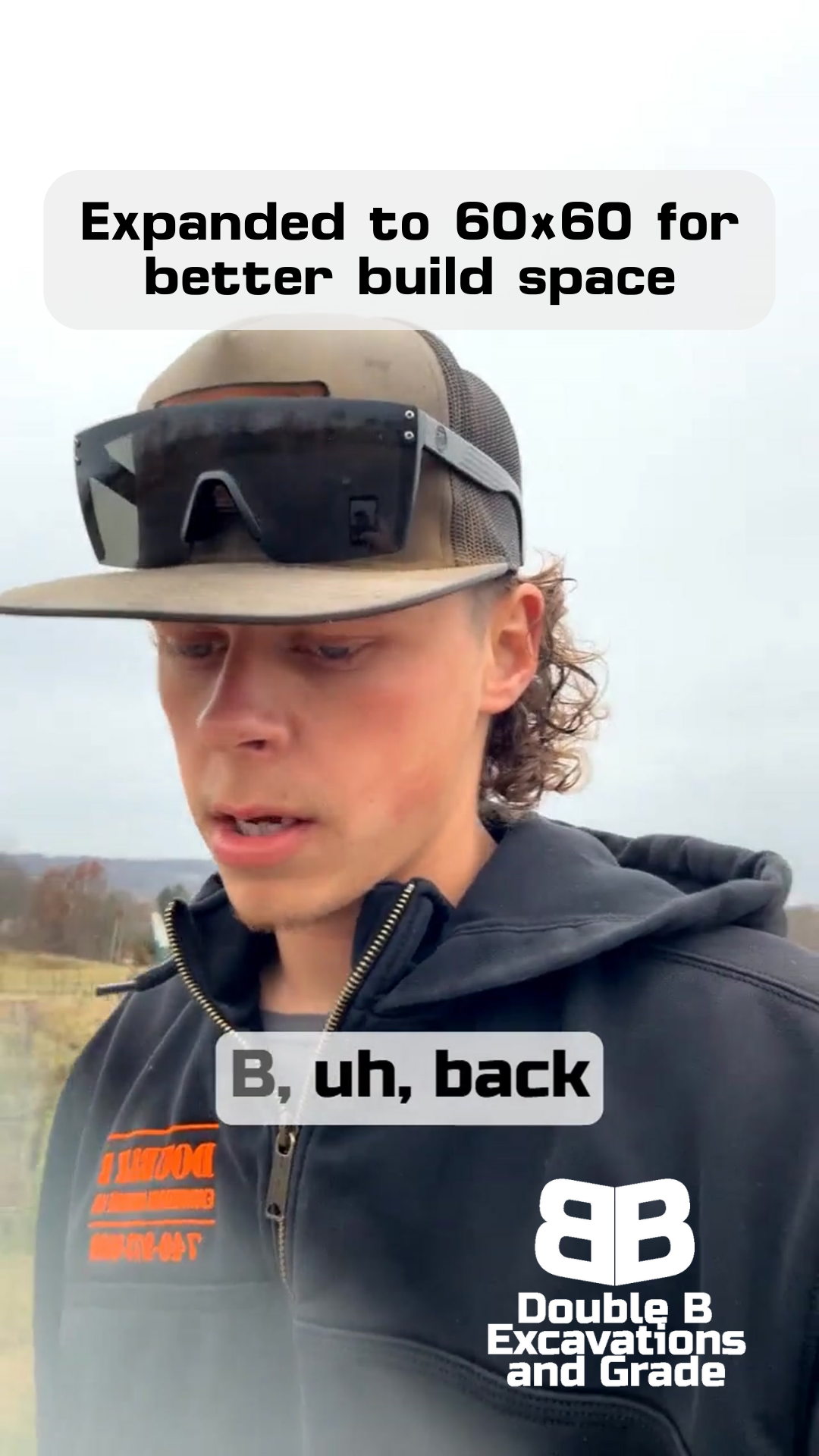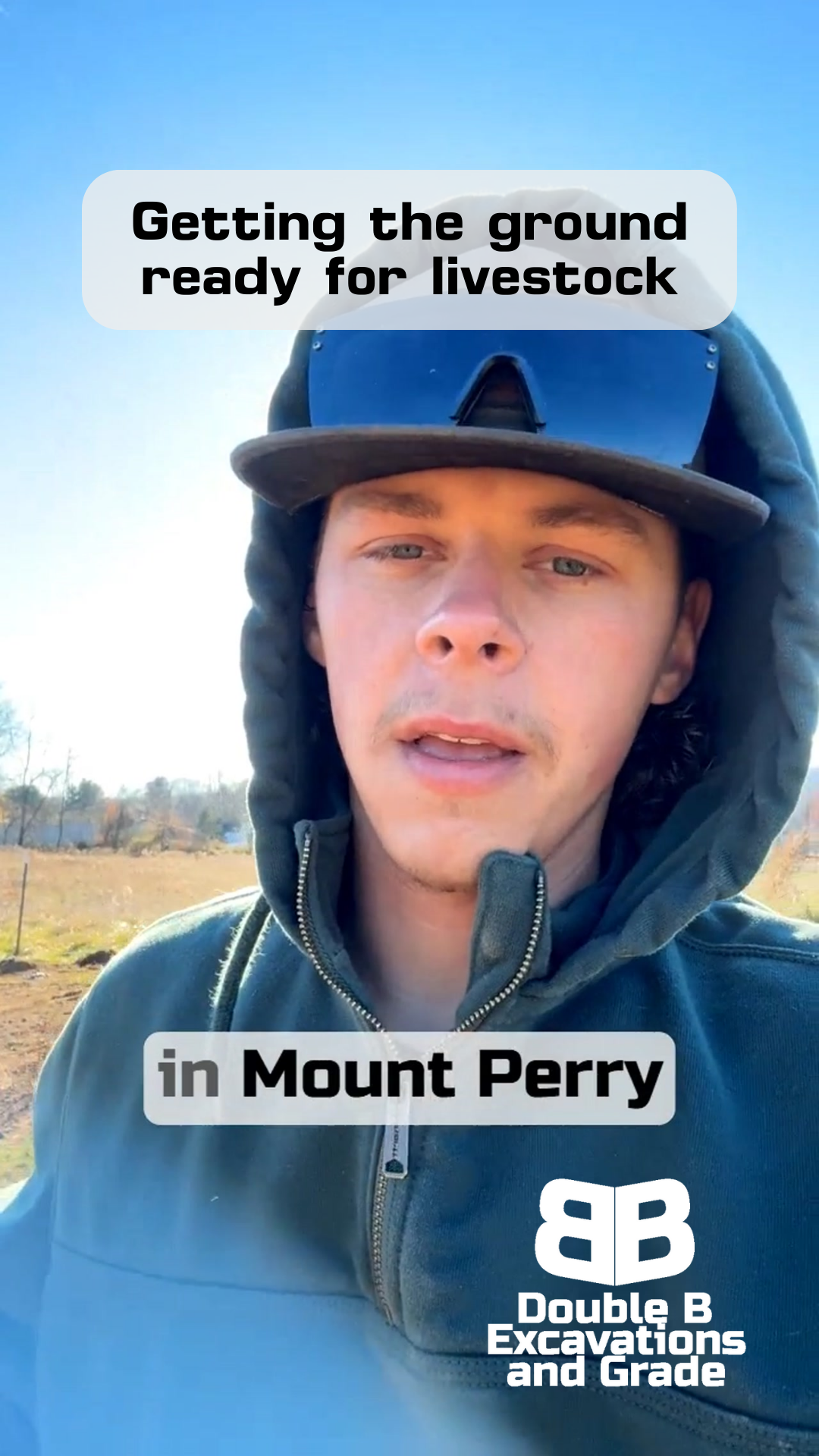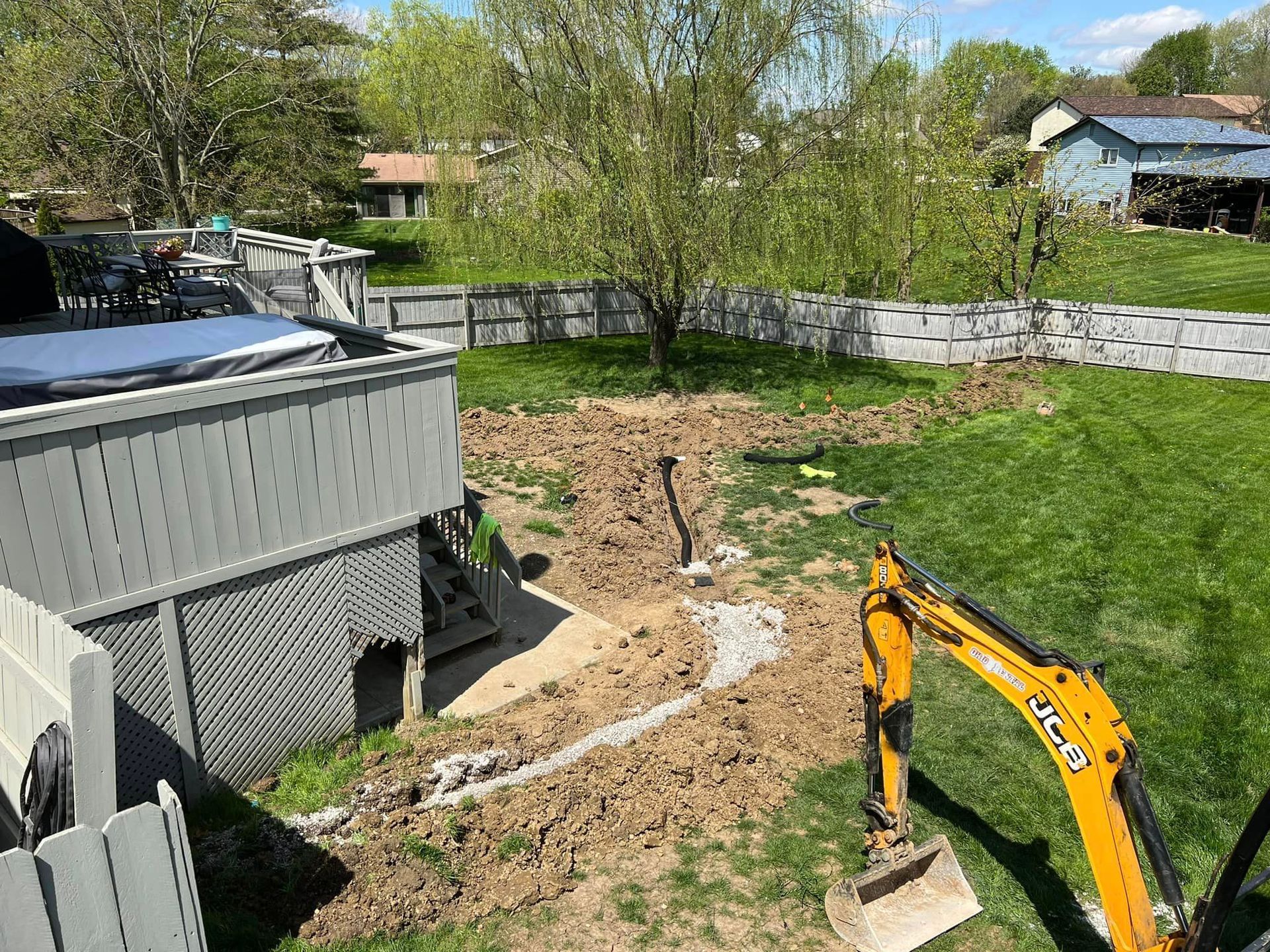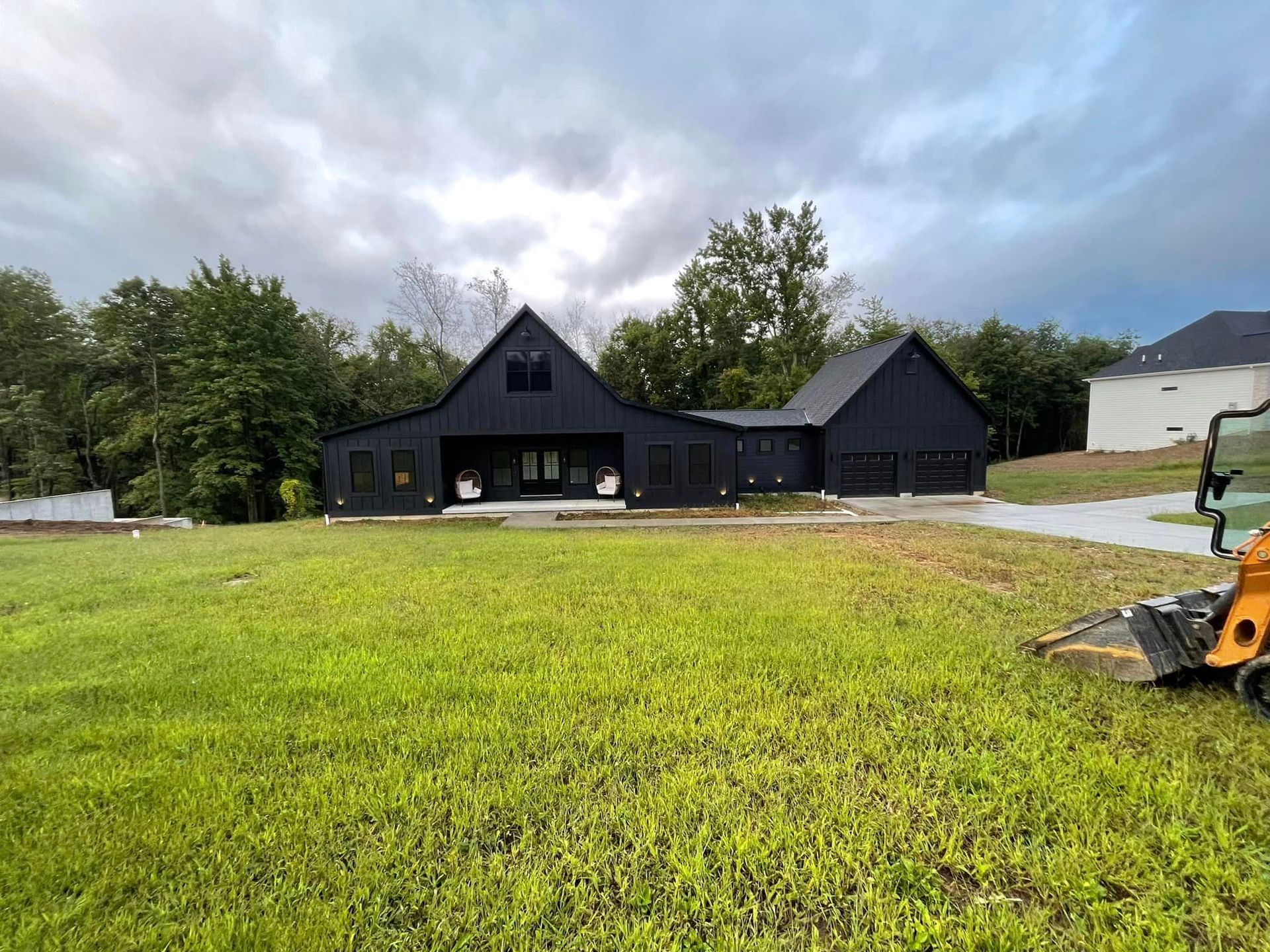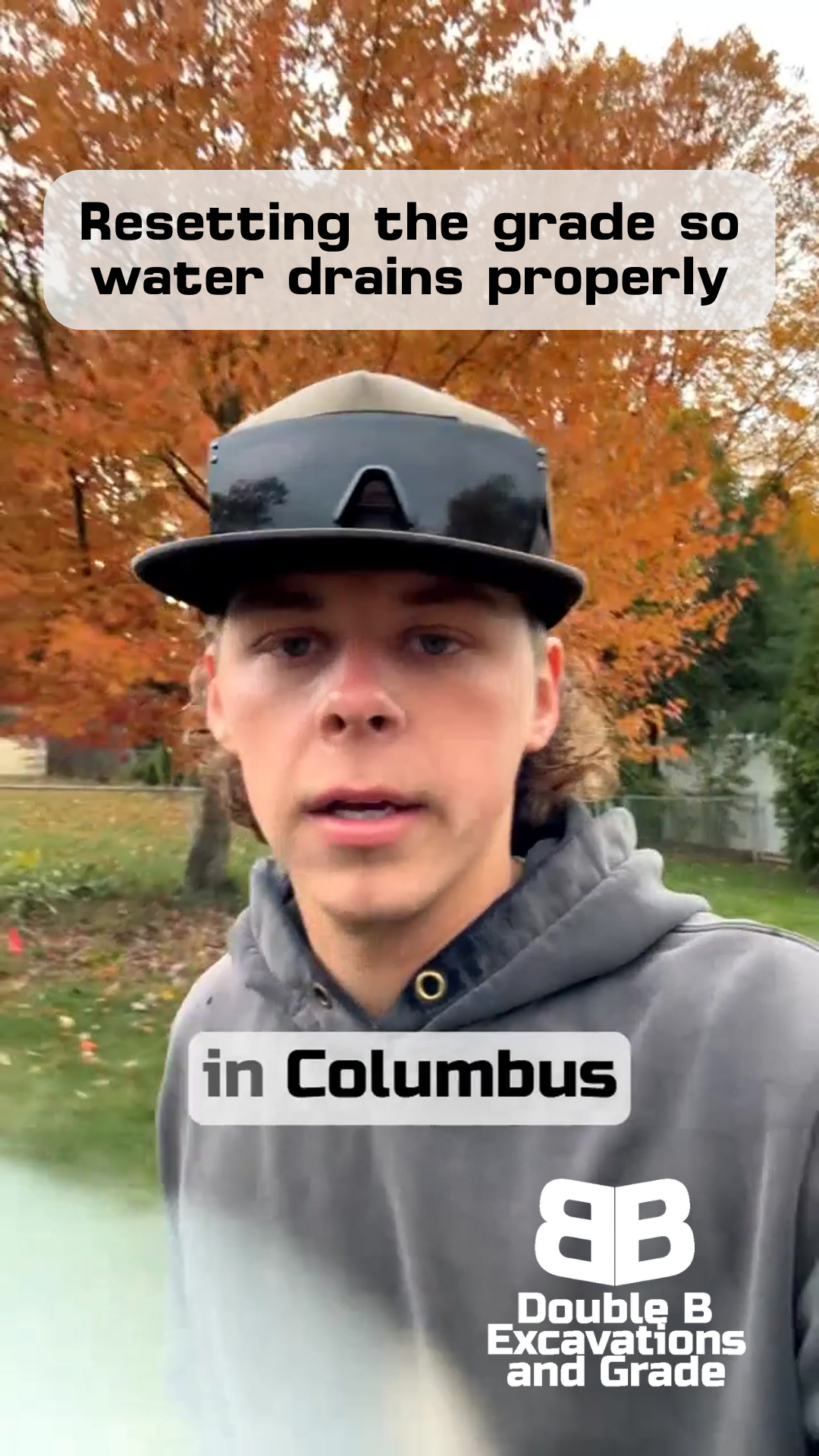Camper Pad Problems? How We're Solving Drainage and Leveling Issues in Utica
Double B Excavations & Grade LLC
When a Pad Problem Becomes a Yard Problem
SMALL ISSUES SNOWBALL FAST IF YOU IGNORE THEM
When we got the call to check out a camper pad in Utica, just eight minutes from our shop, we knew we'd be dealing with more than just a simple leveling job.
That's the thing about property challenges - they rarely come alone.
This particular site had all the classic signs of a pad that needed serious attention: uneven settling, drainage issues, and yard damage from regular use.
What starts as a small dip in your camper pad can quickly turn into a bigger headache.
Add in water running down from a hillside, and you've got a recipe for ongoing problems.
That's exactly what we found at this Utica property, where the owner was dealing with multiple issues that needed a smart, comprehensive fix.
Welcome to Double B!
Understanding the Issues
Let's break down exactly what we're dealing with here. First, there's the sinking pad itself. When your camper pad isn't level, it's more than just an inconvenience - it can affect your camper's systems and potentially cause long-term damage to your equipment.
But that's just the start. Every time the owner pulls their camper in or out, they're dealing with yard damage. Why? Because the current pad isn't properly sized for the job. Then there's the water issue - and this is a big one. The property has a hill that sends water running right toward the pad area. Whatever doesn't hit the existing low section ends up causing problems for the pad and surrounding area.
These kinds of issues don't fix themselves. In fact, they usually get worse over time. Water will always find the lowest point, and without proper drainage, it'll keep causing problems. And that yard damage from moving the camper? Each time it happens, it makes the next time even harder.
The Solution Strategy
We're taking a "work smarter, not harder" approach on this one. First thing we noticed was that the customer already had some good 57s (that's rounded stone) in place. No sense in wasting perfectly good material, so we're going to save that and put it back on top when we're done. It's like recycling, but with rocks.
Our plan involves several key steps. We're not just fixing what's there - we're making it better. The pad needs to be bigger to handle pulling that camper in and out without tearing up the yard. And while we're at it, we're going to tackle that water issue head-on. Sometimes the simplest solutions work best, which is why we're planning a minor swale - think of it as a gentle path to guide water away from where you don't want it.
Breaking Down the Process
Here's exactly how we're handling this project. Step one is stripping off that topsoil and saving those existing 57s. Then we're digging everything level - and when we say level, we mean level. This isn't just eyeballing it; this is precision work because every inch matters when you're parking a camper.
The swale we're putting in isn't anything fancy, but it's exactly what this property needs. It's just enough of a grade to redirect that hillside water around the pad instead of through it. Think of it like giving rain water its own little detour route.
For the foundation, we're using our tried-and-true combination of #2s topped with 304s. The #2s create a solid base that won't sink or shift, while the 304s pack down to give you a firm, stable surface. Then those saved 57s go back on top - just like the customer wants. This layered approach might seem like overkill, but when you're protecting an investment like a camper, doing it right the first time saves a lot of headaches down the road.
Why This Approach Matters
Let's talk about why we're putting so much thought into what might seem like "just a parking pad." When you've got a camper - which isn't exactly a small investment - you need a solid place to park it. But it's not just about parking. It's about protecting your equipment, your yard, and your peace of mind.
Take the drainage issue, for example. Water is probably the biggest enemy of any pad or foundation. By adding that simple swale, we're not just fixing today's problem - we're preventing tomorrow's headaches. And by extending the pad size, we're eliminating that frustrating yard damage that happens every time the camper moves. These aren't just fixes; they're improvements that'll pay off every time it rains or every time you take your camper out for an adventure.
Project Timeline and Expectations
We've planned this as a two-day project, and here's why: Day one is all about the prep work - stripping the topsoil, saving those 57s, getting everything level, and creating our swale. Then we wait for our stone delivery on day two to build up those crucial layers. Might seem like we could rush it, but giving each step its proper time is how we ensure everything's done right.
Closing Thoughts
Here's what we've learned from years of fixing property issues: When you see one problem, look for its friends. In this Utica project, what started as a sinking pad led us to solve drainage issues and prevent future yard damage. That's the benefit of taking a comprehensive approach rather than just patching up the obvious problem.
Looking Forward
If you're dealing with similar issues - whether it's a camper pad, drainage problems, or any other property challenge - remember that sometimes the best solution addresses more than just the obvious problem.
We're always happy to take a look at properties in Utica and the surrounding area to help figure out the smartest way to solve these kinds of challenges.
Because at the end of the day, it's not just about fixing what's wrong - it's about making sure it stays right.
